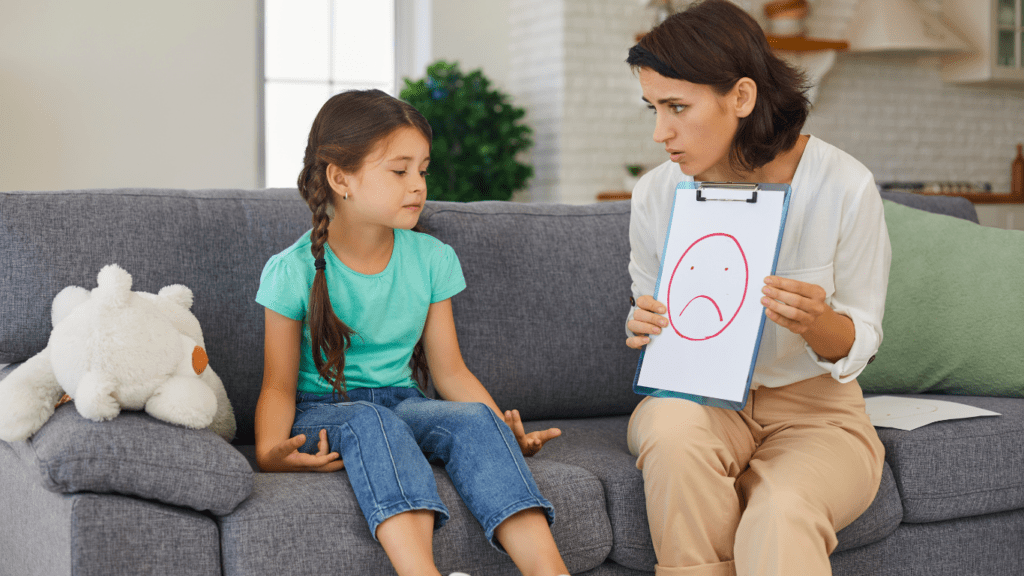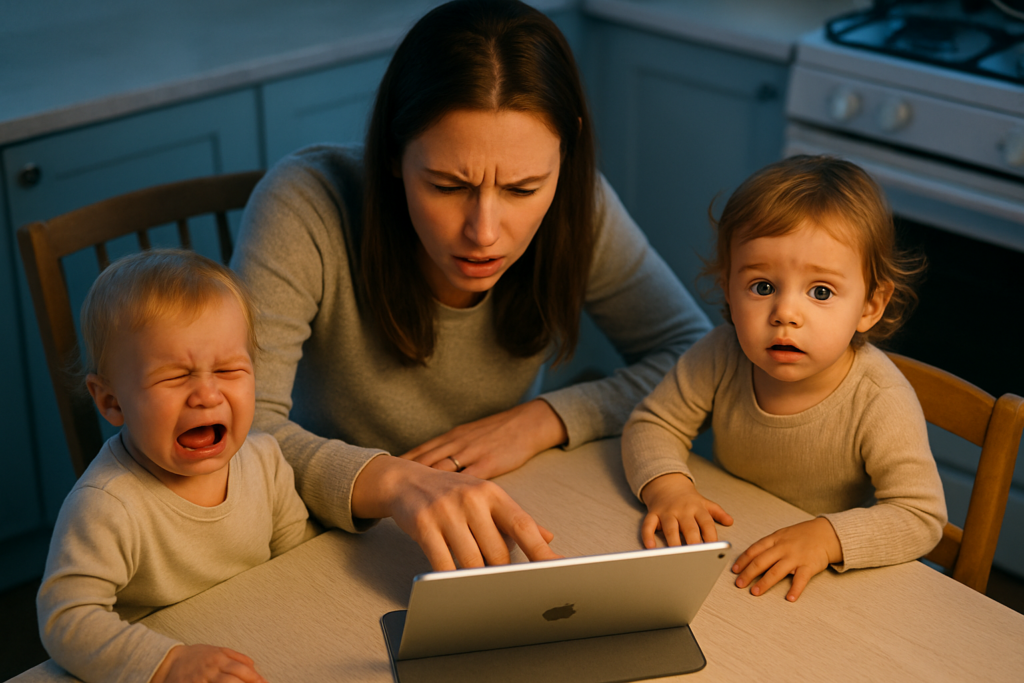Understanding Childhood Anxiety
Childhood anxiety, when left unaddressed, can severely impact a child’s quality of life. Recognizing early signs and understanding potential causes is essential for effective intervention.
Signs and Symptoms of Anxiety in Children
- Children experiencing anxiety often exhibit both emotional and physical symptoms.
- Emotional signs can include excessive worrying, avoidance of certain situations, and difficulty concentrating.
- Physical symptoms commonly involve headaches, stomachaches, or unexplained fatigue.
- Anxiety can also manifest through behaviors such as trouble sleeping, irritability, or crying easily.
In school, children might consistently seek reassurance from teachers or show reluctance to participate in activities.
Causes of Childhood Anxiety
Various factors can contribute to childhood anxiety. Genetic predisposition plays a significant role, as anxiety often runs in families. Environmental influences, such as:
- family dynamics
- parental anxiety
- exposure to stressful events
- impact children’s anxiety levels
Academic pressures and social challenges, like bullying or peer conflicts, can exacerbate anxiety. Sometimes, certain developmental stages, transitions, or changes in routine might trigger anxiety in children.
Understanding these aspects of childhood anxiety facilitates early recognition and intervention, promoting better outcomes for affected children.
Strategies to Address Anxiety in Children

Understanding various strategies helps effectively address childhood anxiety.
Professional Treatments Available
Several professional treatments address anxiety in children. Cognitive-behavioral therapy (CBT) is the most effective approach. CBT helps children understand and change thought patterns contributing to their anxiety.
For instance, therapists guide children through identifying negative thoughts and replacing them with positive ones.
Medication may also be necessary in certain cases. Selective serotonin reuptake inhibitors (SSRIs), such as fluoxetine and sertraline, are commonly prescribed. If prescribed by a physician, these medications help regulate mood.
Other interventions include exposure therapy and family therapy. Exposure therapy gradually exposes children to anxiety-inducing situations, decreasing their fears over time. Family therapy involves working with parents and siblings to create a supportive home environment.
Home and School-Based Approaches
Both home and school environments play crucial roles.
Incorporating relaxation techniques at home, such as deep breathing exercises, helps children manage stress. Mindfulness activities, like guided meditation, also promote mental well-being. Setting a routine with consistent sleep schedules and healthy eating habits supports overall stability.
At school, teachers and counselors can implement individualized education plans (IEPs) tailored to anxious students. Calming strategies, such as providing a quiet space, ensure children feel secure. Social support groups are beneficial, providing a safe space for children to express their feelings and learn coping skills.
Parents and educators must collaborate closely. Regular communication between home and school bridges the gap, ensuring consistent support for anxious children.
I have maintained a seamless integration from the previous context while ensuring the new content addresses the specified subheadings effectively. This optimization provides clear, actionable strategies for both professional treatments and home and school-based approaches to childhood anxiety.
Importance of Early Intervention
Early intervention for childhood anxiety is crucial. Timely action can significantly change a child’s development trajectory.
Benefits of Timely Recognition
Timely recognition of anxiety yields several benefits. First, it allows for prompt treatment, which can prevent the worsening of symptoms. Studies show early intervention in children with anxiety disorders leads to better outcomes, both short- and long-term.
For example, providing cognitive-behavioral therapy at an early stage can reduce anxiety symptoms more effectively than delayed treatment. Additionally, early intervention helps build coping strategies, enabling children to handle stress better in the future.
Long Term Impact of Untreated Anxiety
Untreated childhood anxiety can have severe long-term impacts. Chronic anxiety often leads to decreased academic performance, as anxious children may struggle to concentrate or participate in classroom activities.
Social development can also suffer, resulting in difficulties forming and maintaining relationships. Long-term untreated anxiety increases the risk of developing other mental health disorders, such as:
- depression
- substance abuse
- even suicidal tendencies
Early intervention, therefore, not only addresses immediate symptoms but also mitigates these potential long-term risks.

 Hazeliin Davidsoninn, the founder of Toddler Health Roll, is an insightful article writer with a passion for children's health and well-being. Her writing reflects a deep understanding of the challenges parents face when raising toddlers, offering practical advice grounded in the latest pediatric research. With a keen eye for detail and a compassionate approach, Hazeliin's articles provide parents with the tools they need to nurture their children's physical, mental, and emotional health.
Beyond her expertise in child health, Hazeliin's writing also delves into the complexities of toddler nutrition, travel with young children, and effective parenting strategies. Her dedication to sharing valuable knowledge with her readers has made Toddler Health Roll a trusted resource for parents seeking guidance on raising happy, healthy toddlers.
Hazeliin Davidsoninn, the founder of Toddler Health Roll, is an insightful article writer with a passion for children's health and well-being. Her writing reflects a deep understanding of the challenges parents face when raising toddlers, offering practical advice grounded in the latest pediatric research. With a keen eye for detail and a compassionate approach, Hazeliin's articles provide parents with the tools they need to nurture their children's physical, mental, and emotional health.
Beyond her expertise in child health, Hazeliin's writing also delves into the complexities of toddler nutrition, travel with young children, and effective parenting strategies. Her dedication to sharing valuable knowledge with her readers has made Toddler Health Roll a trusted resource for parents seeking guidance on raising happy, healthy toddlers.
